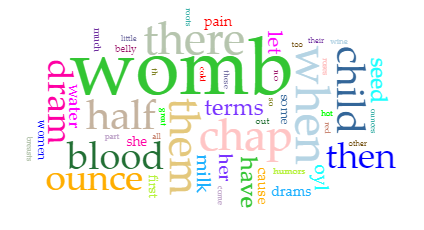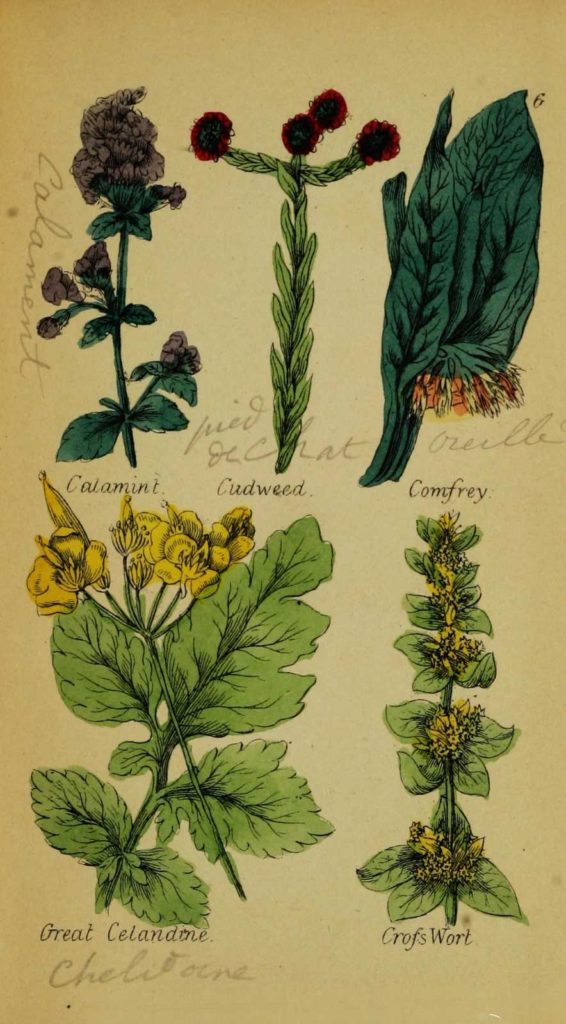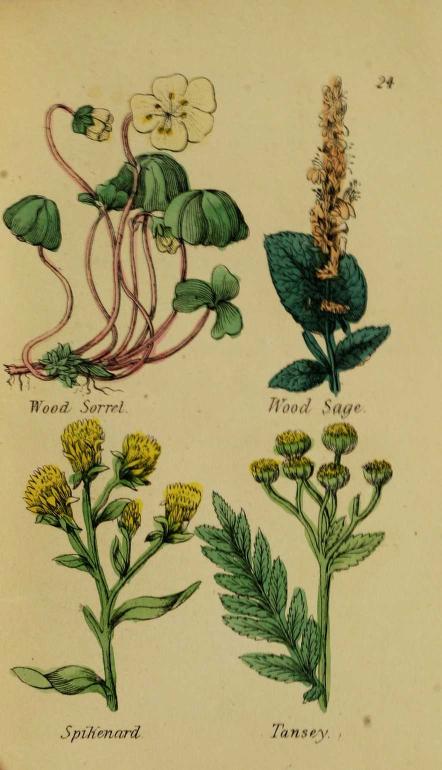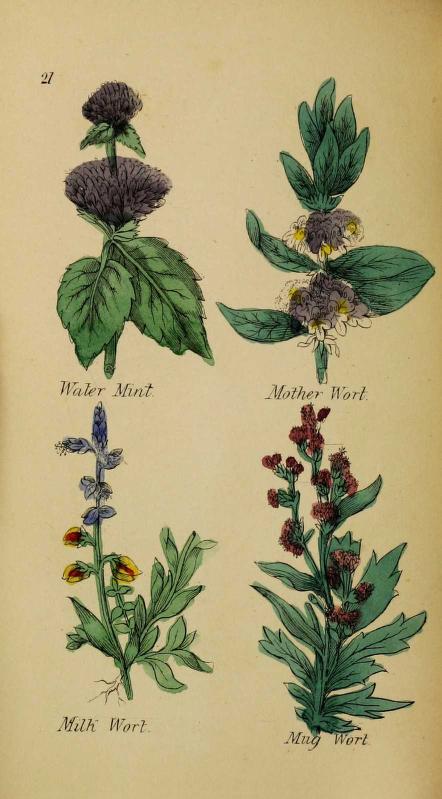Culpeper’s Directory for Midwives
| Title | A Directory of Midwives: or, A Guide for Women, in their Conception, Bearing, and Suckling, their Children |
|---|---|
| Contributor(s) |
Culpeper, Nicholas
(author) |
| Year | 1651 , 1662 |

This is a visualisation taken from Voyant Tools which shows the most common words and concerns of this text and how it pertains to the female body. The womb continues to be the locus point of discussion for texts in our corpus.
Background to the text
Nicholas Culpeper (1616-1654) is known today as a prolific botanist and herbalist who wrote many works on plants and their therapeutic benefits, but he also contributed to the field of female medical texts with A Directory of Midwives: or, A Guide for Women, in their Conception, Bearing, and Suckling, their Children … printed in 1651. This text would be reprinted 17 times and arrived to us in the 1662 form entitled Culpeper’s directory for midwives: or, A guide for women. The second part. Discovering, 1. The diseases in the privities of women. 2. The diseases of the privie part. 3. The diseases of the womb … 14. The diseases and symptoms in children. Like many of our sources, Culpeper was writing specifically with the pregnant female body in mind and this thus influences both the content he includes and his style of writing. The full title of the work in our corpus, A directory for midwives or, A Guide for Women (our emphasis) suggests that perhaps both the lay woman or the experienced midwife are the intended audience of this work.
Early Modern Europe : Circulating Knowledge, Interconnected Academia
These images can be found in another one of Culpeper’s texts, Culpeper’s British herbal complete. Culpeper’s midwifry source contains many references to herbal medicine, so we include here some beautiful illustrations that allow the visitor to understand just how interconnected fields academia were in Early Modern Europe
Image Sources and Quote from text
Image Hosted by the Biodiversity Heritage Library and contributed by Emory University, Manuscript, Archives and Rare Book Library
To stop the flux of blood after a Mole is ta∣ken out, use things against overflowing of the Terms. As, Take Plantane, Shepheards-pu•s, Brambles, Oak leaves, red Roses, each a handful; boyl them in steeled Water, then take Barley bran two ounces, Pomegranate flowers, Cypress-nuts, Pomengranate peels, red Roses, Comfrey roots in powder, each an ounce; Frogs burnt, Bole Sanguis Draconis,
(Culpeper, 1651/1662, p. 150)


Image Sources and Quote from text
Image Hosted by the Biodiversity Heritage Library and contributed by Emory University, Manuscript, Archives and Rare Book Library
Chap. 10. Of the magnitude of the Womb increased, and first of the inflation of the Womb […] Or give the Womans Aqua vitae, or this Take Angelica roots two ounces, Masterwort, Elicampane, Orange peels, each six drams, Calamints, Pennyroy∣al, Roe, Sage, Rosemary, each a handful; Cum∣min, Fennel, Aniseed, each half an ounce; Juniper berries a handful, […] give a spoonful or two.
(Culpeper, 1651/1662, p. 150)
Image Sources and Quote from text
Image Hosted by the Biodiversity Heritage Library and contributed by Emory University, Manuscript, Archives and Rare Book Library
Make a Clyster for the Womb, thus. Take Mugwort, Calamints, Bettony, each half a handful; Gith, Cummin, Carrot, Aniseed, each a dram; Spice, Schoenanth, Nutmeg, Cinnamon, each a dram; boyl them in Wine.
(Culpeper, 1651/1662, p. 62)

The 1675 text hosted by Google Books
We consulted one version of this text, the 1662 transcribed reprinted edition hosted by the University of Michigan, which also served as the source of our .txt data file. The edition we offer here for the visitor is the 1675; we do not cite from this source, but it is the closest publication date to the edition we consulted during our research.



